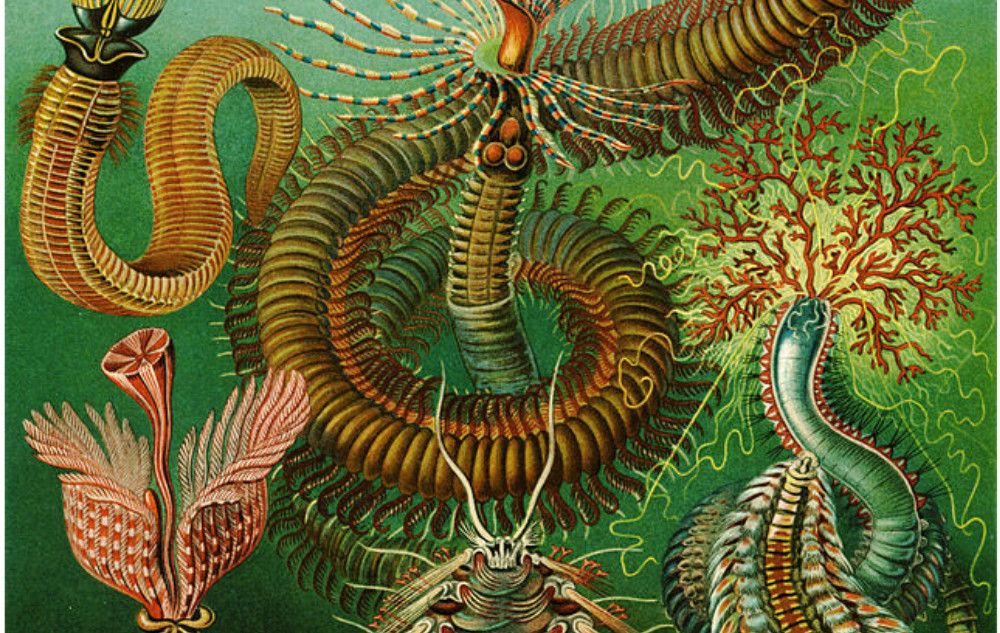Biodiversity: The Magical & Mandatory Metric
The support of life and its diversity is the ultimate key green indicator.
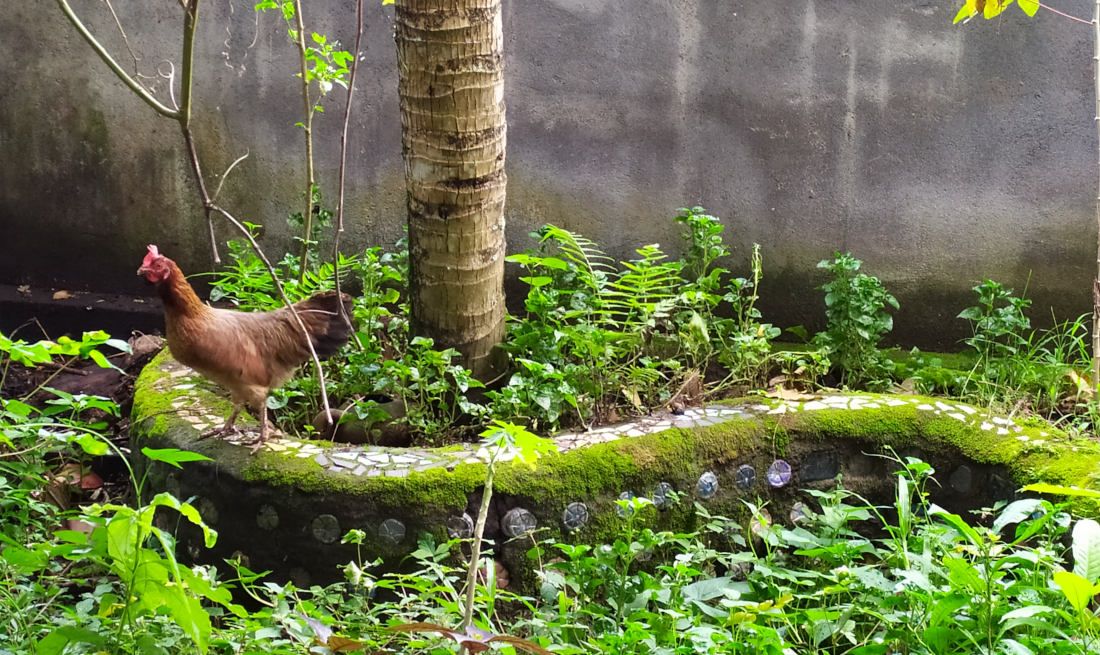
Over the holidays, my partner and I were immersed in a new green tradition– finalizing our year-end ecological accounting. As the new year begins, I am excited to share our progress greening our carbon, plastic and biodiversity impacts. However, even more so, I am excited to share the insights I have gleaned from the accounting process. I've come to see that biodiversity is the ultimate green indicator. I've also come to see that tracking it is a mandatory— and magical— process.
Really, there's nothing more important than biodiversity.
Yes, tracking our carbon and plastic is important. More and more enterprises are using these as indicators. Great. However, precisely the reason they are important is that they can affect the diversity of organisms and ecosystems.
In fact, the carbon we use today was once itself raw biodiversity.
Our fossil fuels were once ancient rain forests, algae and dinosaurs. These creatures and their carbon, were part of the ever-ongoing process of biodiversification that transformed our once barren planet into the thriving biosphere that we know today. Biodiversity is the backbone of carbon sequestration, ecological resilience and the spiraling green systems that makes our biosphere thrive. Indeed, it is the characteristic that sets our planet apart from all the others in the solar system.
This flourishing of biodiversity also enabled us sapiens to shuffle on to the scene! It is important, that we not forget that we're a part of it. Being one species among a diversity of others, means were part of a community. Just as we can contribute to our human communities, we can play a positive part in the ecosystems of which we're immersed.
I've realized that in the spirit of Gandhi's "be the change you want to see in the world", biodiversity is something that we can take personal responsibility for in our homes and office spaces. After all, everyone of us is responsible for some of the space on the planet, no matter how small and humble it may be.
Our Ecological Accounting
That's where my home biodiversity accounting comes in! My partner and I operate many different enterprises from our home. Its important for us to keep track of our ecological impact to make sure our enterprises are green.

To do so we kept track of the names and the number of species in our home space. Each time we discover a new neighbor, we snap a photo and search for its local and Latin names. Then we record it. In addition to keeping this "life list", we also keep track of the amounts of our space (in square meters) that is open-to-all vs. human-only. Every year we do our best to keep increasing the ratio. Its the reason we bought a slew of new pots and plants for our home over the holidays! Little by little, we can reduce our human-only space in the new year and make room for others.
In this way, over the last five years of living in our modest home (our rent is about 150$) we've transformed a space that was once 88% human-only down to 51%. That means as of this year, our space was roughly half human-only and half wild-and-open!
This also meant presiding over the steady increase of our creatured community. From what was once a barren lawn, a Banyan, a Moringa and an Avocado tree have grown to tower over the house. We saw lizards, birds, insects, butterflies of all kinds join us to thrive in the space. Our life list increased from 12 to 36 species– and those were just the ones we knew of!
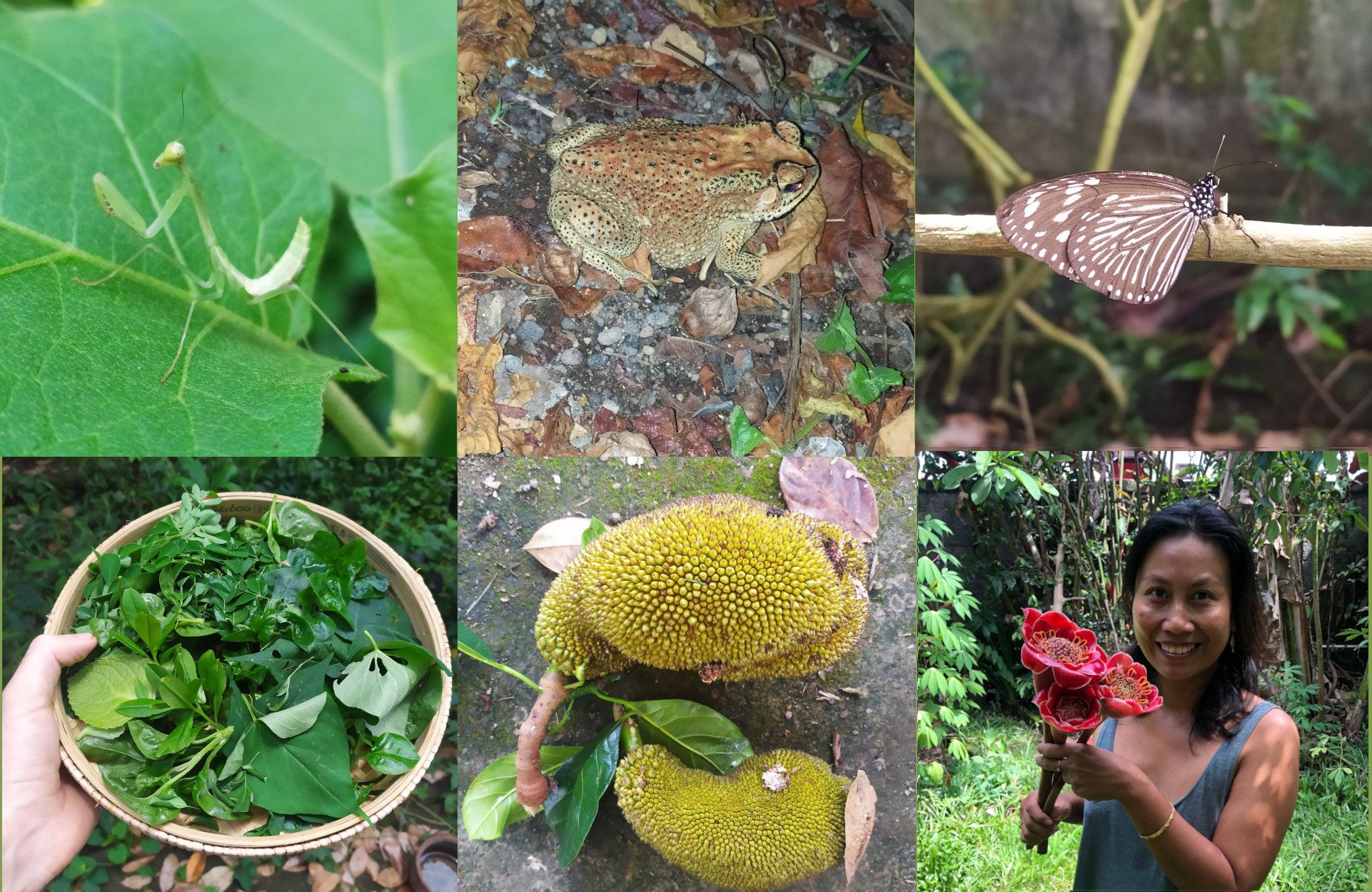
An Aspect of Attention
I soon realized, the more I paid attention, the more species I discovered. The more I looked, the more I saw. The more I sought, the more I found! I came to see that this is a fascinating aspect of biodiversity: It is a function of our attention.
Just like in our human communities, when we put our attention on our friends (i.e. throw a party), that's when interaction and participation deepen. Likewise, when we put our attention on the life around us, that is precisely when we notice it, and it thrives with our intermingled energy.
Earlier this year, I experienced this magically.
When I was writing an essay on mycorrhizal fungal networks I needed a feature photo. Frustrated by an hour spent in vain trying to find the right image online, I went outside and turned over some leaves on the ground and... Taaadaa! There it was: a web of mycellium threads and tubes connecting the roots of the nearby plants and trees– precisely the phenomenon I had just been reading about in scientific journals!
I realized that supporting biodiversity is not so much about adding new species to a space, its about realizing they are there in first place.
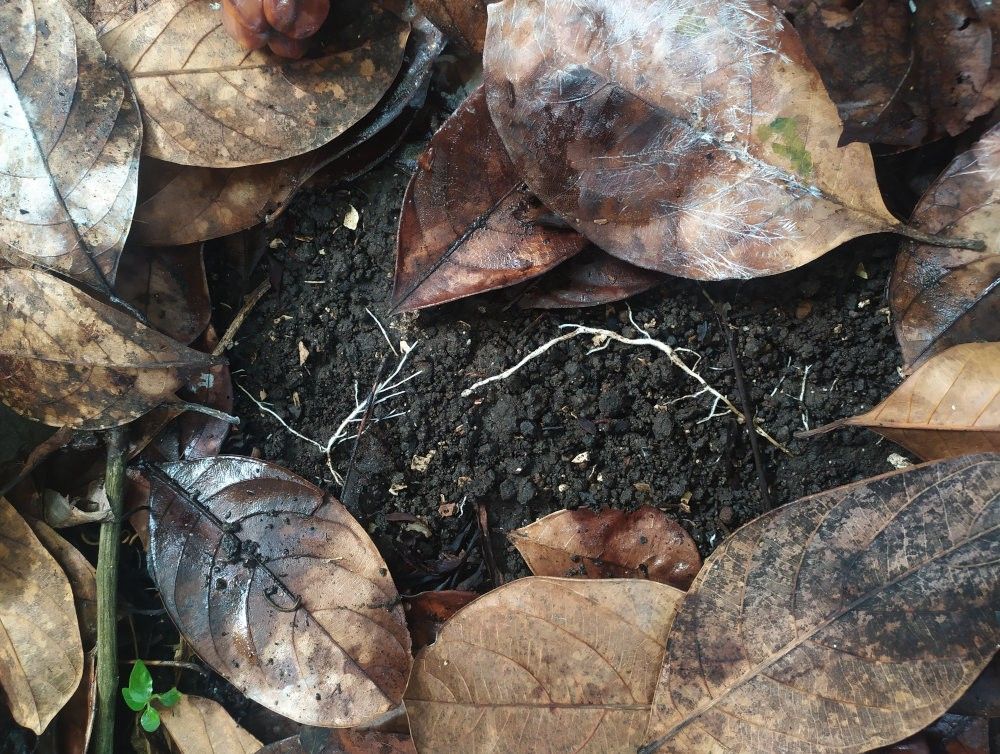
This revelation helped me deepen my thinking on biodiversity as a key green indicator. It helped me realize that ecological tracking and disclosure is just as important as the ecological impact itself.
When it comes to our human enterprises, we want them to be green. Alas, if a company, corporation or project isn't tracking their impact on the biodiversity around them, how can they know if they are supporting it or not? And if they don't let us know that they are tracking, how can we be sure their business is green? Alas, given the grey tendencies of our extractive petro-capital powered civilization, if a business isn't disclosing that they are supporting of biodiversity, most likely they are not.
But this also holds true for enterprises that have full-out green impacts. While an enterprise might be effectively restoring biodiversity, regenerating ecosystems and enhancing biomes how can they ever inspire others unless they can articulate and quantify the enrichment they are contributing? And how can they be sure, they are actually providing an ecological service, if they haven't quantified their impact on the species in their space?
That said, with all the doom and gloom of climate-covid-crisis this year, getting to my know my ecological neighborhood has been a real joy.
It has been an inspiring counterbalance to the false-narrative that we're powerless to do anything about ecological crisis.
While my home space may be exceedingly small and humble, for a moment it thrived– decisively and joyfully. I made new friends, they got to fully live their lives, and I mine.
And the world was a little greener.
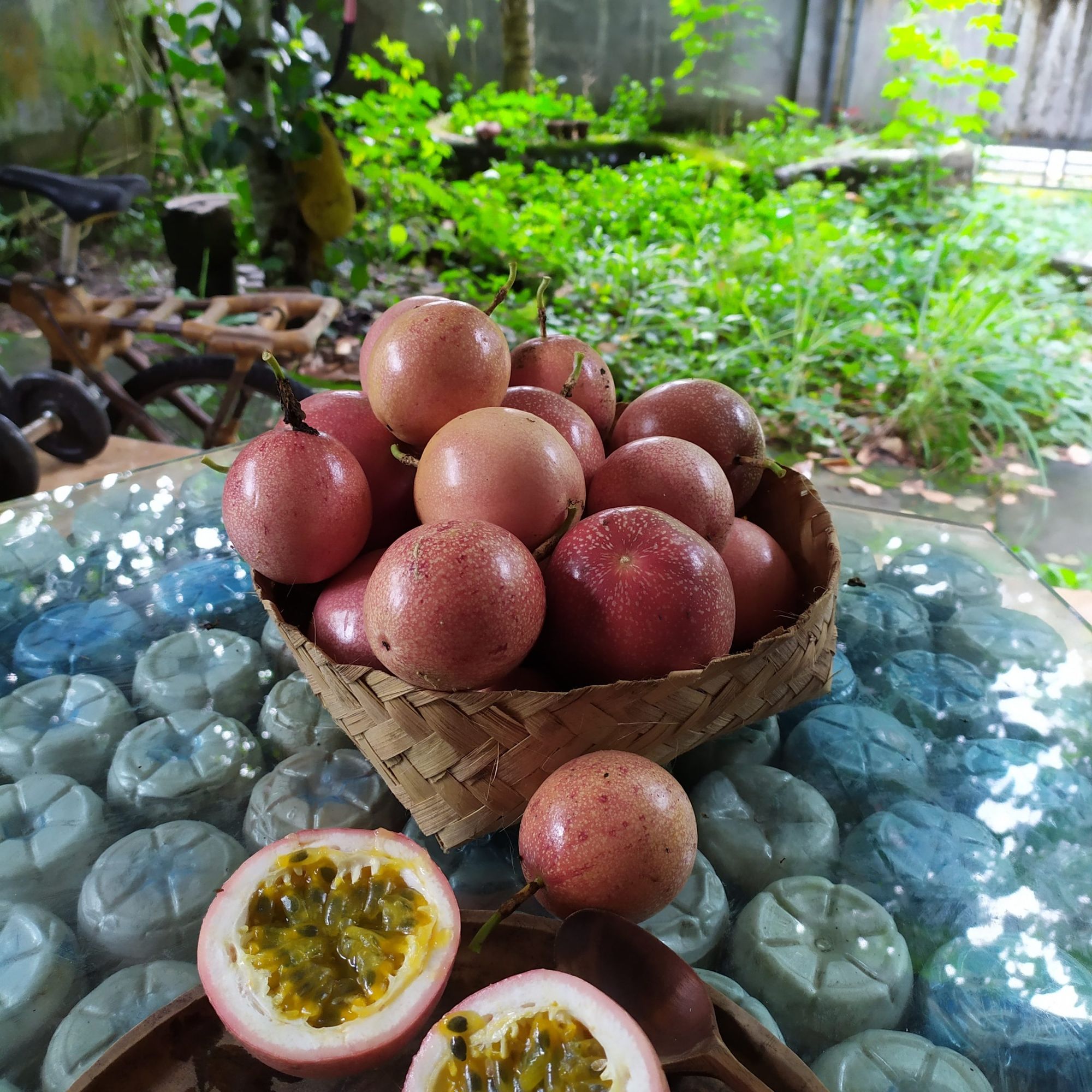
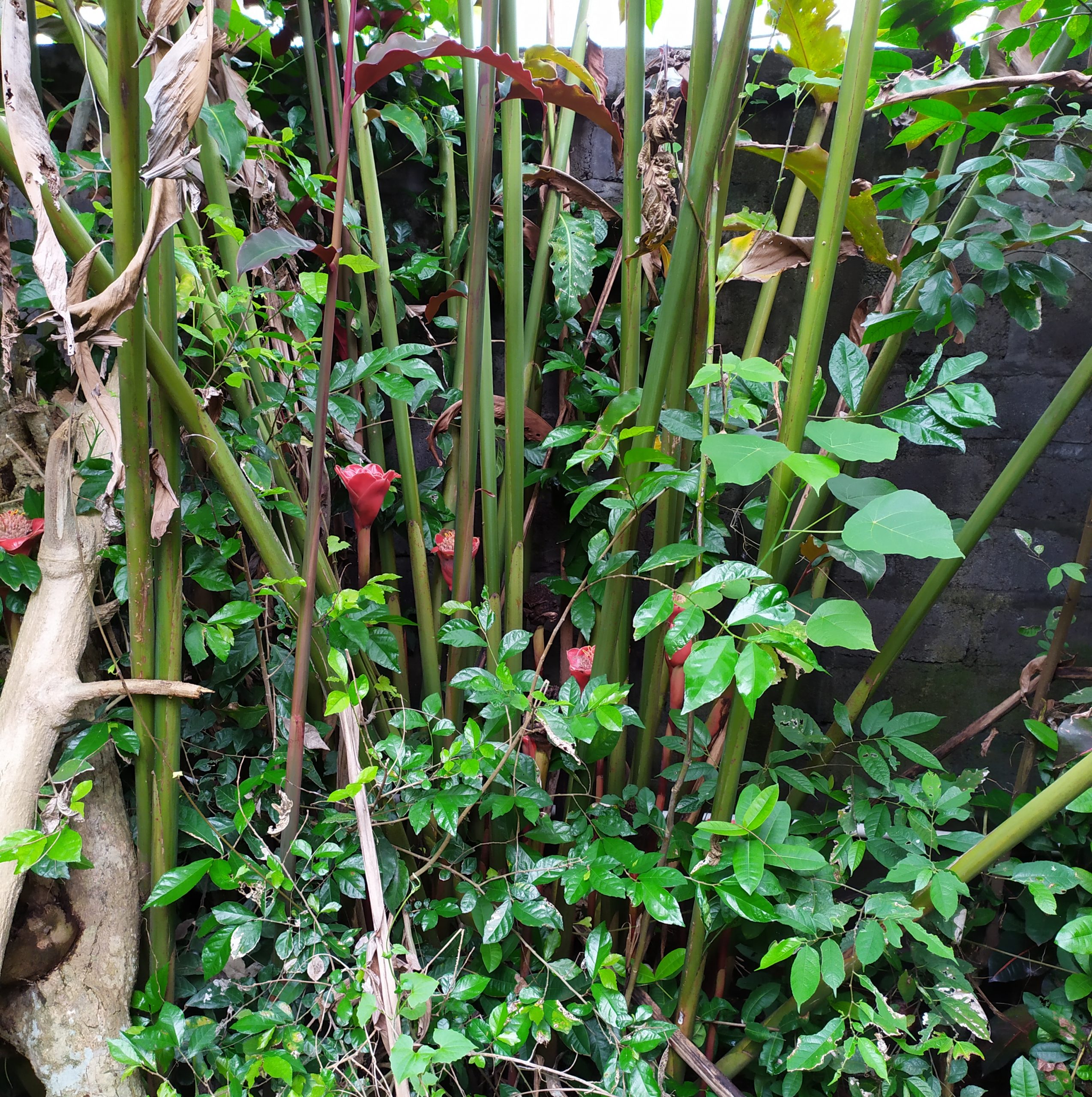
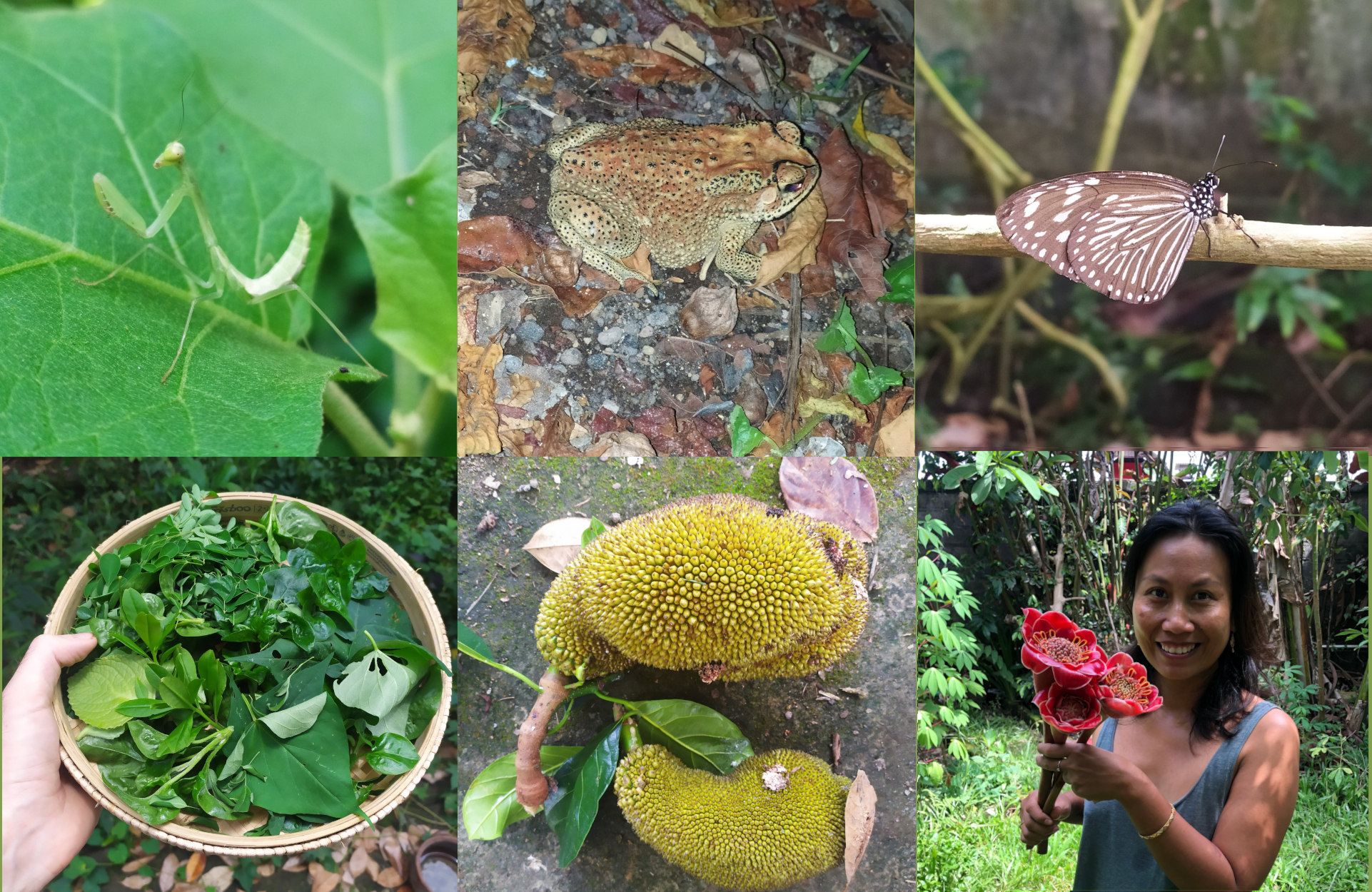
Go Deeper
Check out Earthen Ethic no.5 where I lay out philosophical foundation for biodiversity as a green metric.
